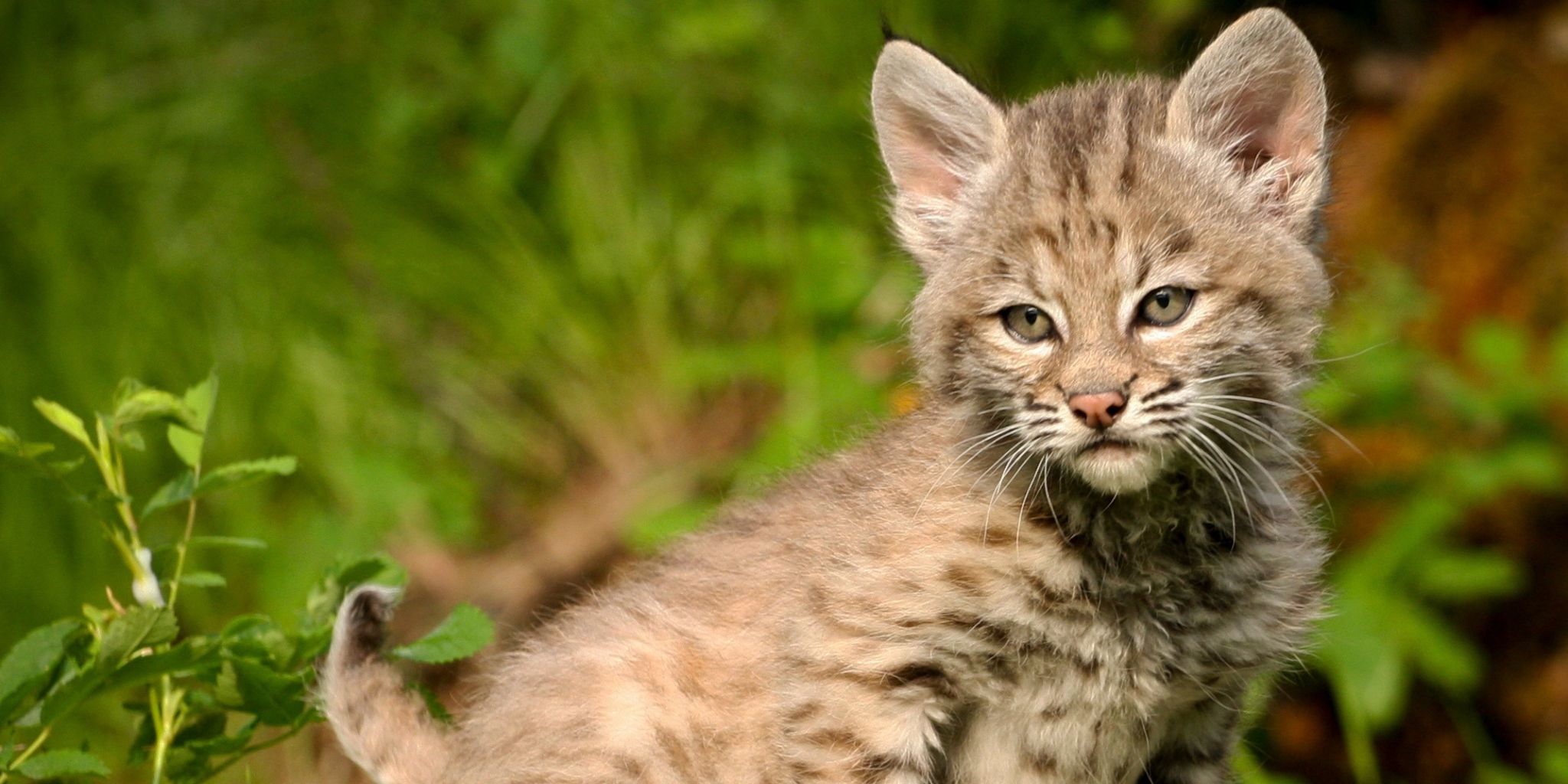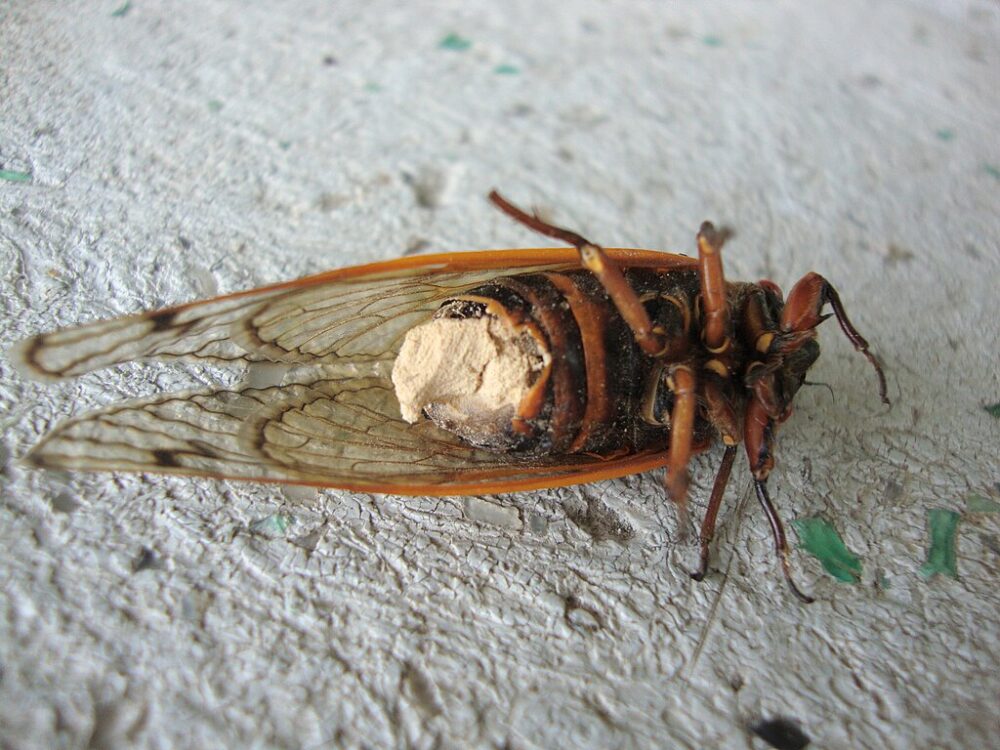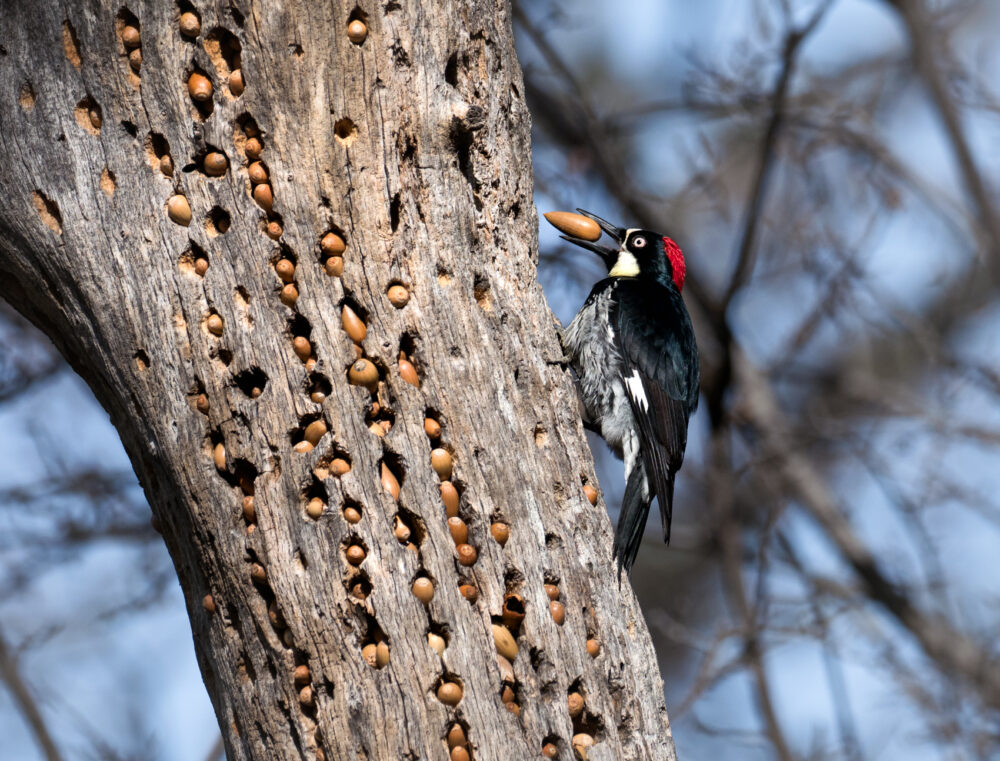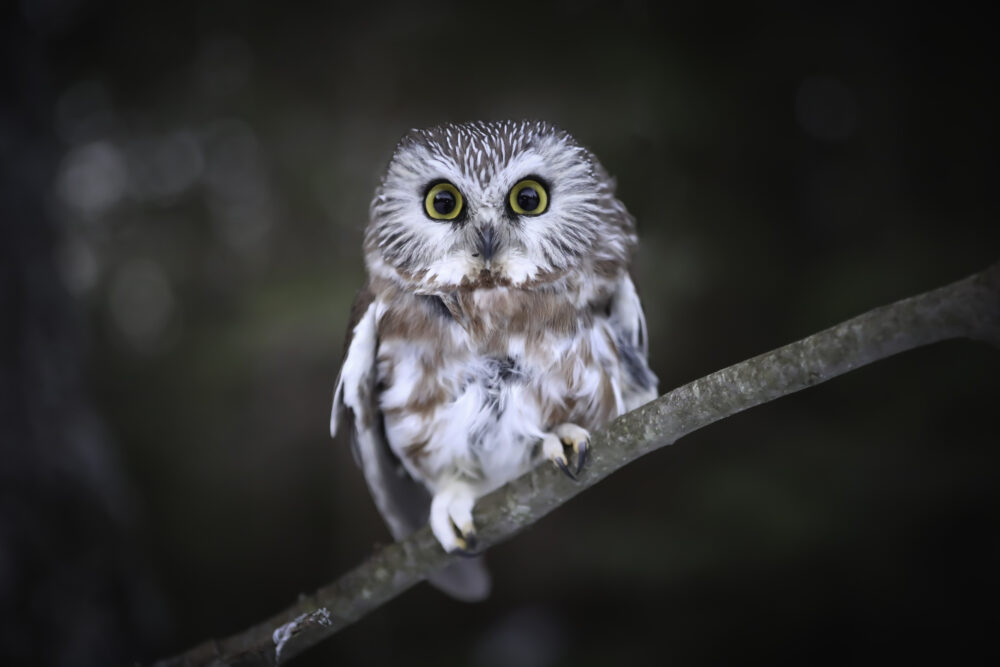We have much more to do and your continued support is needed now more than ever.
Going Medieval: Bats aren’t birds and bees don’t have kings

In ancient and medieval times, people were just as fascinated as we are today by the natural world and the creatures that inhabit it. Back then, they didn’t have Wikipedia as a resource, so where would the curious, literate medieval person go for information? A beautiful and bizarre genre of encyclopedias called a bestiary, or a book of beasts.
Full of colorful imagery, magic, legends, moral lessons, and laughable falsehoods, bestiaries still provide us with entertainment and insight today –though, they often tell us more about the author and the audience than the actual animals described.
These ancient manuscripts were describing Eurasian and African species that the authors had seen or heard about from contemporaries, but we have similar wildlife across the pond. Here are a few of our favorite historical misconceptions and myths about Eurasian animals ー and actual facts about their North American counterparts that we know and love:
Lynx
MYTH: According to the ancient Roman poet, Ovid, the urine of the lynx turns to stone upon contact with air.
FACT: This is assuredly false. It’s unclear whether Ovid had ever actually seen a lynx before, but a lynx could certainly have seen him – these impressive nocturnal hunters can spot prey in the darkness from 250 feet away.
Eagle
MYTH: The 13th century monk Bartholomaeus Anglicus wrote that the eagle is first among all birds and generously shares her prey with other, lesser birds that follow her.
FACT: In reality, eagles like the bald eagle are mostly solitary creatures. The only birds they share prey with are their mate and young offspring, providing food for their eaglets for several months until they are old enough to leave the nest and hunt independently.
Fox
MYTH: The fox is a deceitful, crafty creature that only runs in circles – never a straight line – according to seventh century bishop, Isidore of Seville.
FACT: To set the record straight, foxes are capable of running in any direction. They have a reputation for cunning because they adapt well to human development and find food easily, even during the winter.
Bees
MYTH: Pliny the Elder wrote in the 1st century CE that bees choose their king and protect him because they cannot live without him.
FACT: Sorry, Pliny, bees don’t have a king – they have a queen! Queen bumblebees can live for a year, while worker bees live for just a month.
Panther
MYTH: A 13th century Middle English manuscript describes panthers as gentle, sweet-smelling creatures that feed on their enemy, the dragon.
FACT: The highly-endangered Florida Panther has numerous enemies, but none of them are dragons: Habitat loss, low genetic diversity, and lack of safe road crossings threaten this rare creature’s survival.
Bat
MYTH: Isidore of Seville parroted the common medieval misconception that bats were a strange type of bird.
FACT: Now, we know that bats are flying mammals. The United States is home to more than 40 species, ranging from the tiny western pipistrelle bat – weighing less than a penny – to the greater mastiff bat, which weighs about two ounces.
Like what you read? Please consider making a donation to support our commitment to science-based wildlife conservation:





















